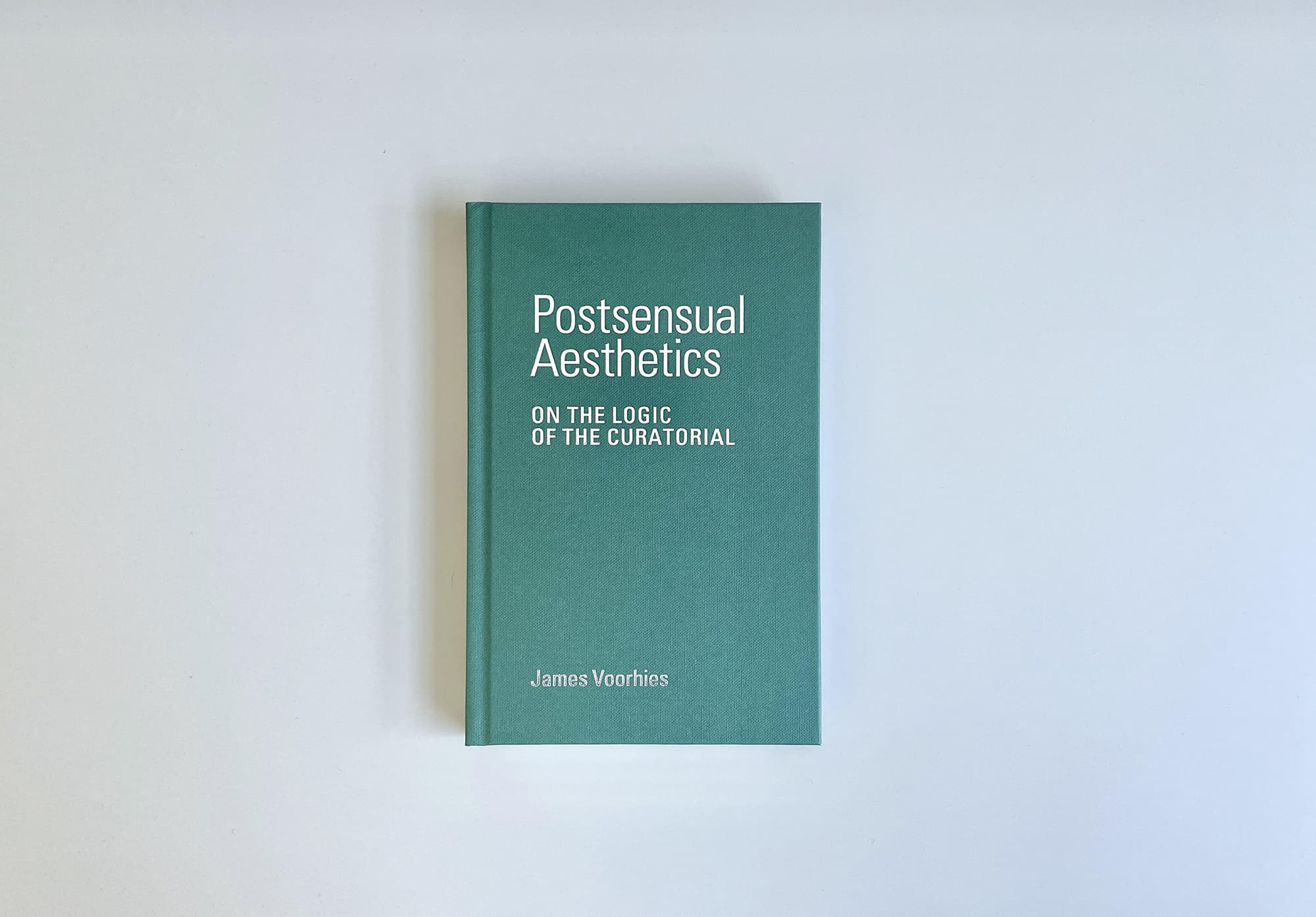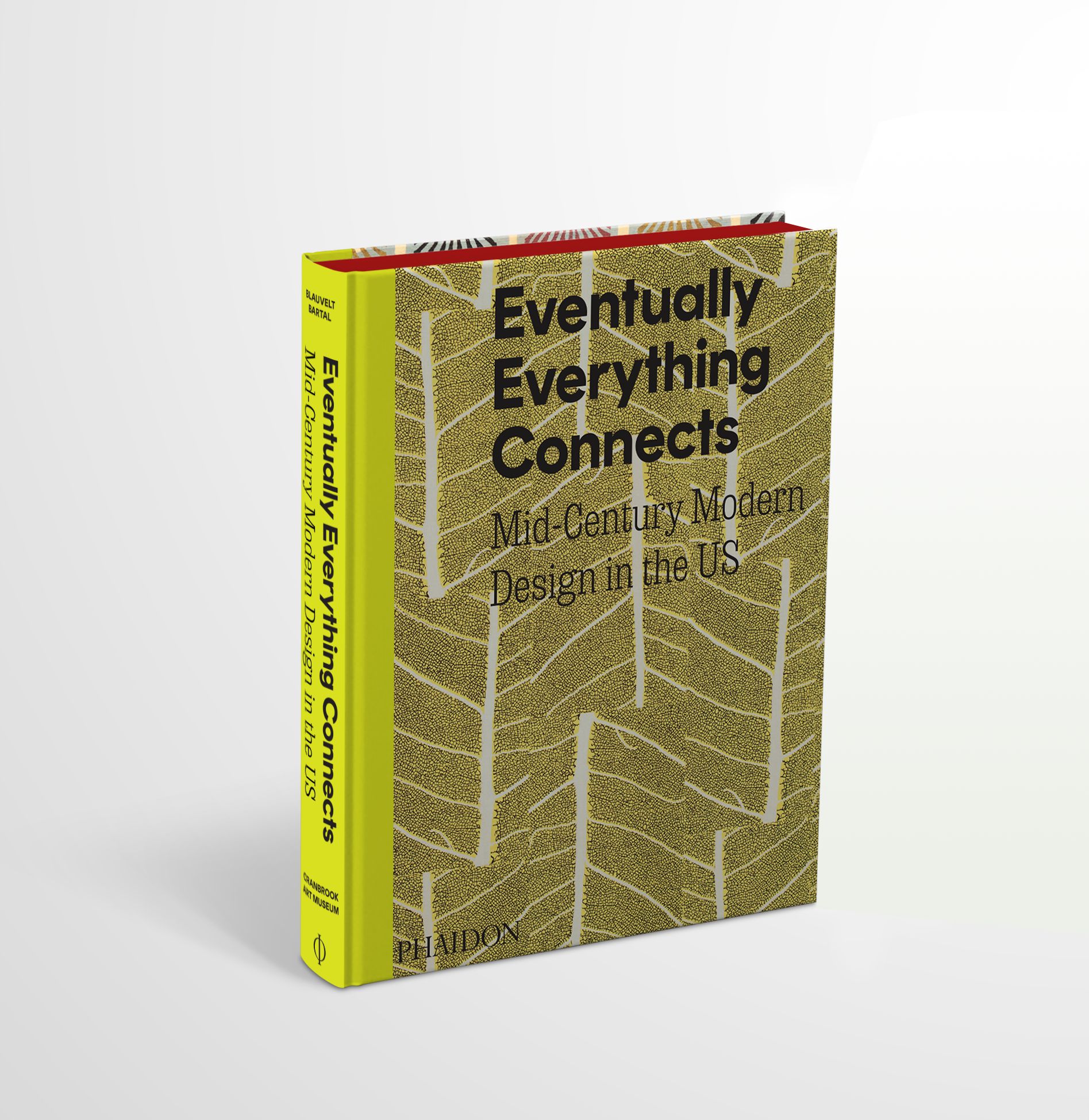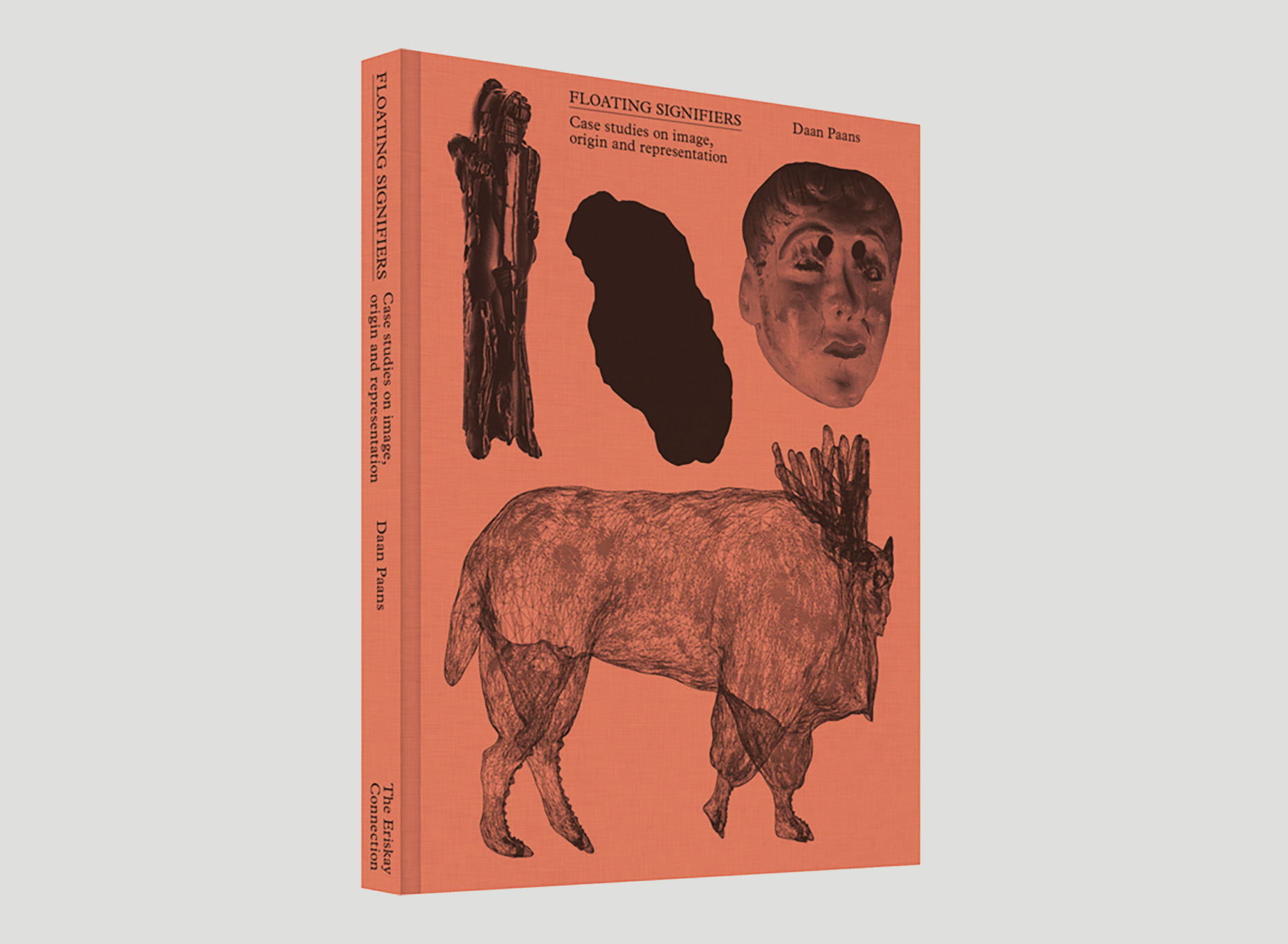James Voorhies has been busy since he was on the show back in 2019. After serving as executive director of the Tony Smith Foundation, he was recently appointed the curator of The Bass Museum of Art in Miami Beach where he is responsible for curating long-term and temporary exhibitions, overseeing design and production of publications, organizing artist commissions and public programs, and managing the permanent collection. On top of this, his new book, Postsensual Aesthetics: On the Logic of the Curatorial, was just released by MIT Press. I spoke with James via email about the new book and how it relates to his curatorial work.
——–
MIT Press just published your new book, Postsensual Aesthetics: On the Logic of the Curatorial. What is “postsensual aesthetics”?
It’s an aesthetic framework that I believe is needed today to help account for the increasing prominence of texts and books incorporated into exhibition contexts—whereas reading is required by audiences either inside an exhibition space or in publications conceived by artists and curators as integral to their work. Over the past three decades, large-scale contemporary exhibitions like documenta, Münster, and Venice have served as clearinghouses for presenting what one might call core samples of deeply involved and complex research projects. Traditional aesthetics by figures like Kant and Hegel rely considerably on the sensual experience with art as it relates to the visual and bodily connections one has with it. Although cognition plays a role in their aesthetics philosophies, it is not foregrounded enough to account for contemporary art that draws on and brings to the public realm archival materials and research that requires reading. It does not account for the way the mind connects different components of an artwork experienced in different place and time. In other words, traditional aesthetics does not account for work presented inside an exhibition site and beyond it—using strategically coordinated books and texts.
The “post” in postsensual isn’t meant to imply a sensual experience with art is no more; postsensual aesthetics is meant to offer a contemporary aesthetics framework for a contemporary art that takes into account that contemporary experiences come to us from a multiplicity of sources often involving reading, and thus our willingness to synthesize the nodes into a composition—whether art object or exhibition.
This story is exclusive to Substack subscribers.
Already a supporter? Click here to read the entire story.




